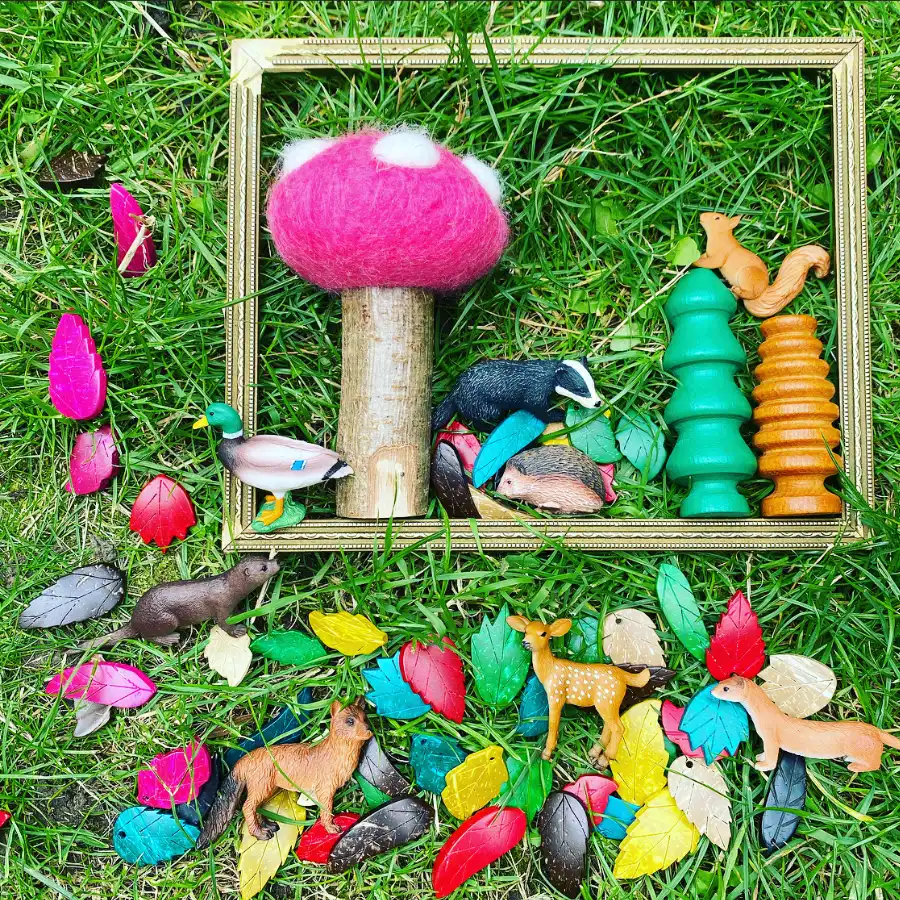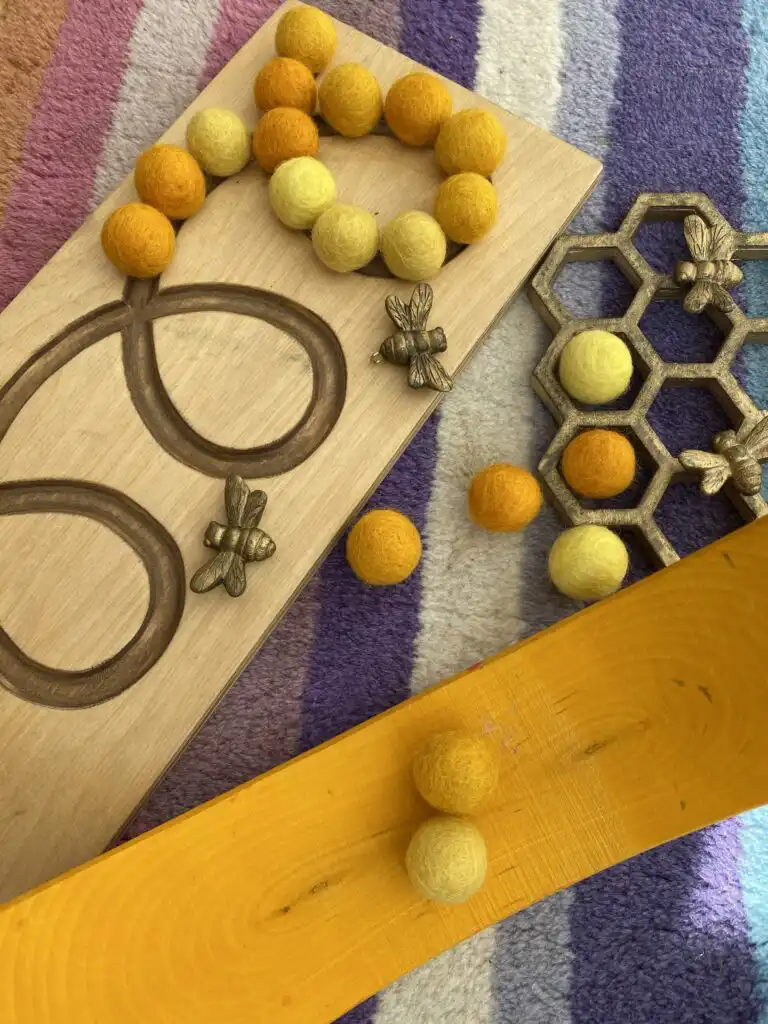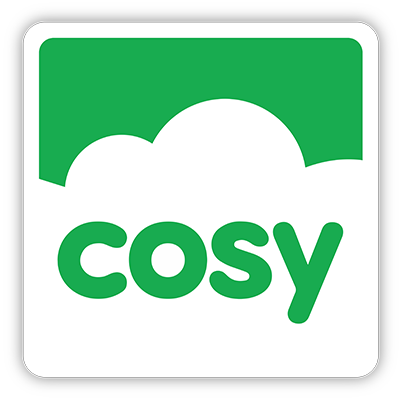Why are Loose Parts so great?
The introduction of loose parts to a setting can inspire a whole host of learning and play possibilities. As loose parts are open ended, they offer children the freedom of expression and the ability to be creative. There is no right or wrong way to play! If we refrain from applying learning outcomes and restrictions on the play, children can interact and engage on a level that suits them. There are opportunities for children to play in their own way, feeling a sense of accomplishment as they achieve their own aims and goals. This makes loose parts an inclusive resource which can appeal to all characteristics of learning.

Loose parts come in all shapes, sizes and sorts. Here are a selection of some of our favourites:
Feathers
Pine cones
Shells
Sticks
Leaves
Cotton reels
Lollipop sticks
Fabric
Tyres
Guttering
Pipes
Seasonal treasures - acorns, pumpkin seeds, conkers
Planks
As you will see from the list above, loose parts can be small or large. This means they can lend themselves to many different types of play. Children can use the resources based on their interests, schemas or current setting focus. This could be den building, transient art, in the mud kitchen, role play or as part of sensory play. The magic of loose parts lies in their versatility - they can be incorporated into many different areas of the provision, impacting on all areas of learning and development.

When children are immersed in an environment where they can interact with loose parts, they can become empowered to think creatively. In doing so, children are becoming problem solvers, critical thinkers and explorers. Their natural drive to be curious leads to investigation, trial and error, construction and experimentation. It is fascinating to observe children fully engaged in their play with loose parts - they are on their own agenda, making decisions and choosing ways to do things. As an example, loose parts offer children the opportunity to invent, make, build, enquire, evaluate, combine, experiment, transport, estimate, pretend and build all independently.

Loose parts can be utilised as a way to create a language rich environment. The nature of the resources means they inspire children to talk, share ideas and make plans. Through sensitive, timely interactions, educators can introduce new vocabulary without taking over and inhibiting the play. There will be opportunities to introduce words around shape, size, colour, texture and number as well as encouraging children to be expressive in their language.

We can use loose parts as part of a creative curriculum in the Early years and beyond. They can be used for storytelling, to support the development of maths concepts, for practising fine motor skills and developing possibility thinking. Children begin to explore creatively, using their imaginations to consider ways to incorporate loose parts into their play. A stick no longer is 'just a stick'. It can be a magician's wand, a tool for stirring potions, a conductor's baton, a bone for a dog or a key for a fairy door.




When children are engaging with loose parts, it is often a social experience. They collaborate, share, take turns and find solutions. In doing so, they are learning from one another, taking on roles, following and giving instructions and making plans. This impacts not only on social development but language development too. The child feels a sense of autonomy and agency over their play as they take the lead role.

How will you use loose parts? Perhaps you use them in tuff spots, in your book corner, as freely accessible resources for children to support their own play, alongside tinker trays or with mirrors and photo frames. There is no right or wrong way, which offers the educator choice over how to facilitate an environment in which loose parts are valued as a tool to inspire learning.

As many loose parts can be acquired for free, this can promote sustainability within settings and schools. There is no need to purchase plastic products when valuable resources can be acquired on nature walks with the children or by families raiding their recycling bin.

We hope you enjoyed our blog post, don’t forget to share your activities with us on our social channels!
Facebook: https://www.facebook.com/cosydirect/
Twitter: https://twitter.com/cosydirect
Instagram: https://www.instagram.com/cosydirect/


